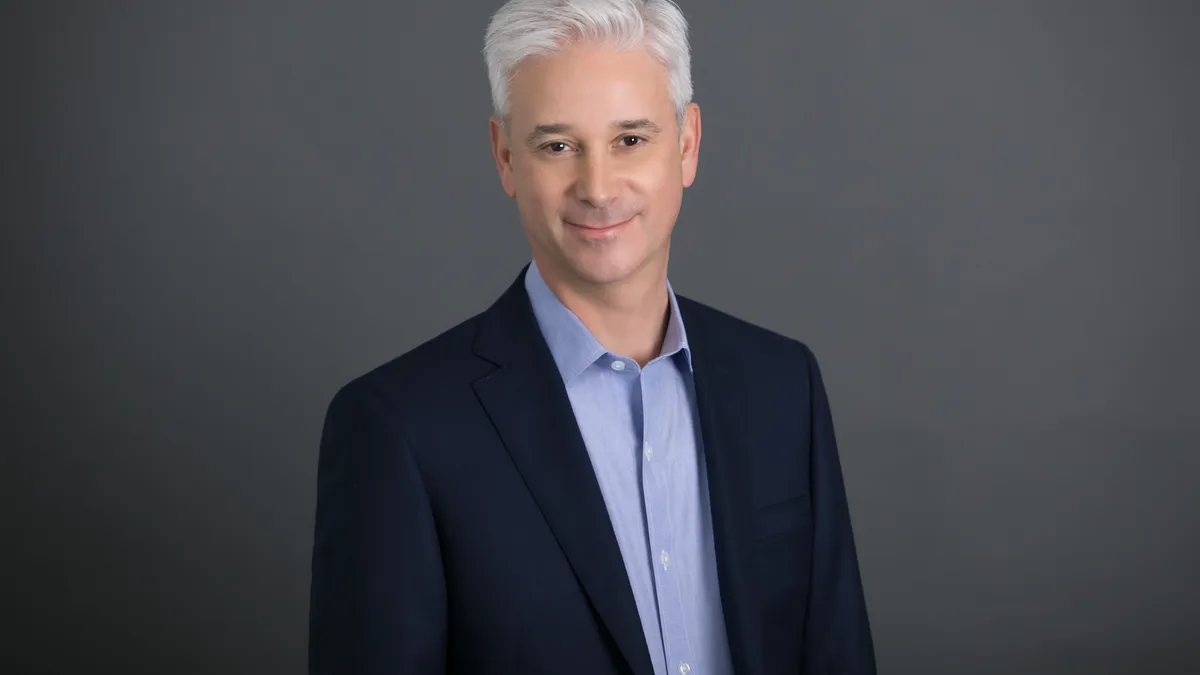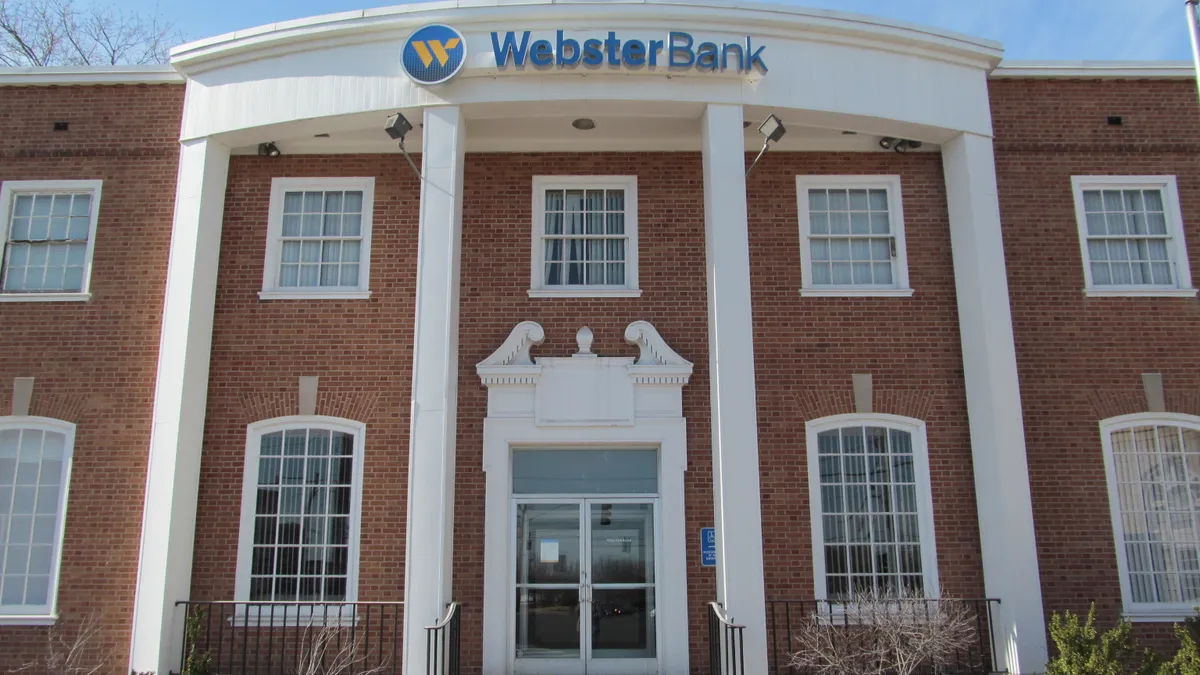A slew of bank CEOs and other high-ranking executives took the stage, separately, Tuesday at Goldman Sachs’ U.S. Financial Services Conference, offering clues as to what the short-term future might hold for their respective institutions.
Here are three potentially crucial developments:
1. Wells Fargo could lay off tens of thousands of employees.
The nation’s fourth-largest bank expects to set aside between $750 million and $1 billion in this year’s fourth quarter for “unanticipated” severance costs, CEO Charlie Scharf said at the Goldman conference Tuesday.
“We have seen turnover come down,” Scharf said, according to the Financial Times. “Unfortunately, we’re going to have to be more aggressive about our own internal actions.”
Wells Fargo declined to tell CNBC how many jobs it would cut, but a spokesperson for the bank said the layoffs are expected next year.
Wells spent $186 million on severance in the third quarter, according to the Financial Times — eliminating 7,000 roles. By that math, upcoming cutbacks could be quite significant.
The bank has cut 11,300 positions over the first nine months of 2023, according to CNBC. Scharf emphasized Tuesday that it did so “without one big, massive layoff.”
“It’s been just focused area by area on where we can get more efficient,” Scharf said, according to the Financial Times. “We are not even close to where we should be … We’re focused on just our processes and how we can eliminate duplication and simplify the company.”
Like some of its competitors — notably, Citi — Wells has added thousands of jobs in the past several years, too — to address shortcomings found by regulators.
Wells Fargo has nine open consent orders, according to Reuters — many stemming from the bank’s 2016 fake-accounts scandal.
“When we look at these consent orders, appropriately, everyone is focused on what the end date is, when these things get lifted,” Scharf said, according to the Financial Times, noting especially the cap the Federal Reserve imposed in 2018 to limit Wells’ asset total to $1.95 trillion.
Wells executives had pinpointed the first quarter of 2025 as the earliest they think the asset cap could be lifted, Bloomberg reported last month, citing sources familiar with the matter. Scharf cemented that timeline Tuesday.
“That’s not an opportunity as we look into 2024 for [cost] reduction,” he said of the asset cap, according to the Financial Times.
2. Lazard leans into managing directors.
Lazard CEO Peter Orszag had said as early as September — before he officially took the chief executive role — that he aimed to double the investment bank’s revenue by 2030. On Tuesday, he detailed some of the “how” behind that goal.
The bank plans to expand its number of managing directors by 10 per year, Orszag told Goldman Sachs conference attendees, according to Bloomberg.
Additionally, the bank wants to gradually increase each MD’s revenue goals — to $8.5 million per managing director by 2025, and $10 million in 2028, Orszag said.
To grow its MD ranks, Lazard will promote internally and hire laterally, Orszag said. He also expects that generative artificial intelligence will boost productivity by taking on some of the “mundane” tasks now given to analysts. That will free up the compensation budget to hire more managing directors, Orszag said, according to Bloomberg.
Orszag also predicted that 2024 would be stronger for dealmaking than this year, as market participants grow impatient with the strategy of waiting for the Federal Reserve to drop interest rates.
“The longer this high-rate environment has been in place, the more people think ‘well, you know what, we’re just going to have to live with it and let’s proceed anyway,’” Orszag said, according to Bloomberg.
Orszag added he aims for Lazard’s asset-management business to diversify.
“We’re setting a goal of 30% of the asset-management business being outside of the traditional liquid market category that we’re currently focused on by 2030,” he said, according to Bloomberg.
3. JPMorgan Chase kept most of First Republic’s clients, but with less money.
The nation’s largest bank retained 90% of First Republic’s customers since buying the failed bank in May, Marianne Lake, co-head of consumer and community banking at JPMorgan Chase, told attendees Tuesday at the Goldman conference.
“A lot of the deposits came down rationally and over a very short period of time, but we still have relationships,” Lake said, according to Bloomberg. “So we still have a lot of opportunity to talk to them about bringing more of their wallet back to the company.”
Lake also gave a status update as to the combining of the two institutions.
"We have done the home lending integration, mortgage origination and servicing already," she said, according to Reuters. "We're going to do the deposit migration and integration by the middle of next year.”
As part of its brick-and-mortar integration, JPMorgan said in June it would close 21 of First Republic’s 84 locations.
Lake on Tuesday said much of JPMorgan’s branch footprint has already been optimized, leaving it with "less and less accretive opportunities to consolidate," according to American Banker.
Roughly 79,000 bank branches were scattered about the U.S. as of last year, S&P Global found — a drop from about 100,000 locations in 2009.
JPMorgan, however, stands counter to the trend. Despite consolidations, the bank added nine net branches between September 2021 and September 2023. JPMorgan counted 4,863 as of this year’s third quarter, regulatory filings show.
The bank plans to continue adding about 150 branches per year, Lake said Tuesday, according to American Banker.
“Over time, you'll see our network generally be flat to up, but we're going to keep adding in areas where we think the opportunity is there to do it," she said.






















